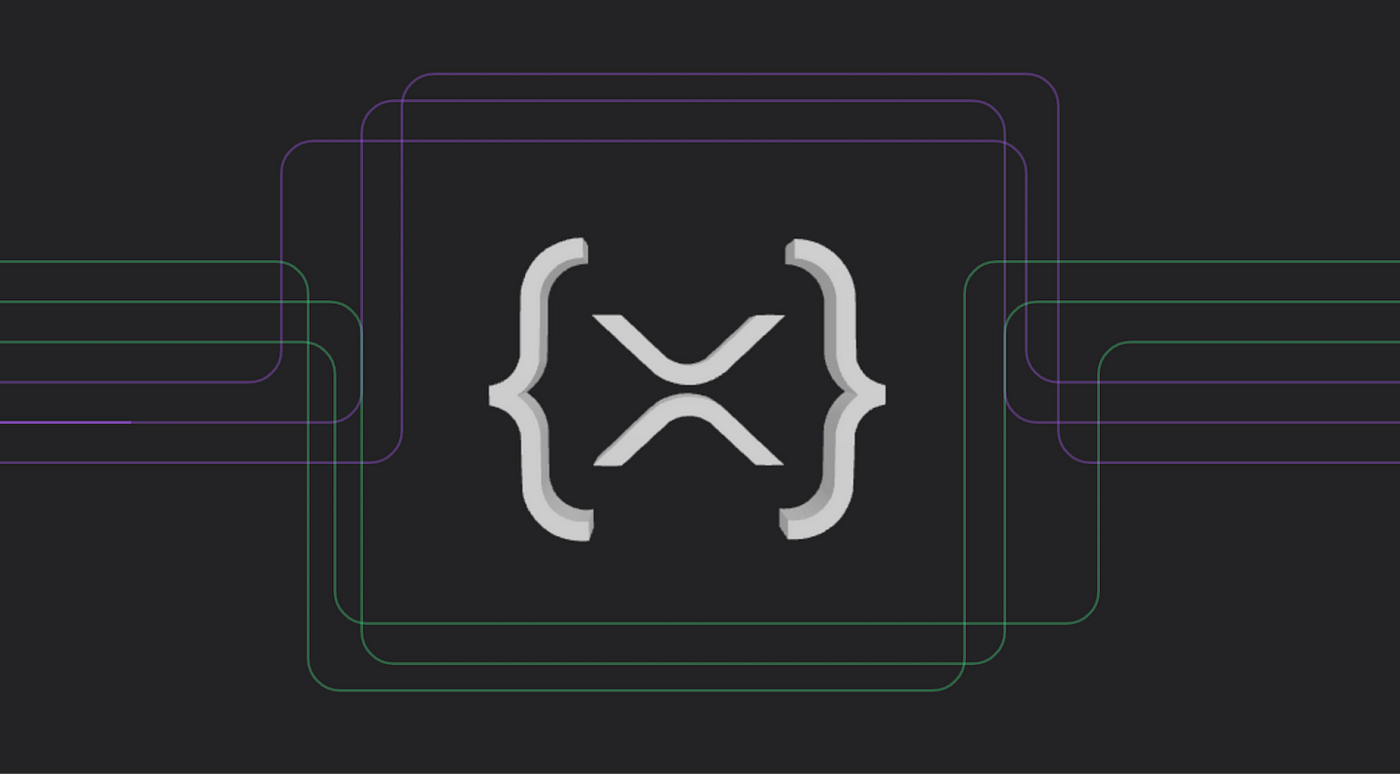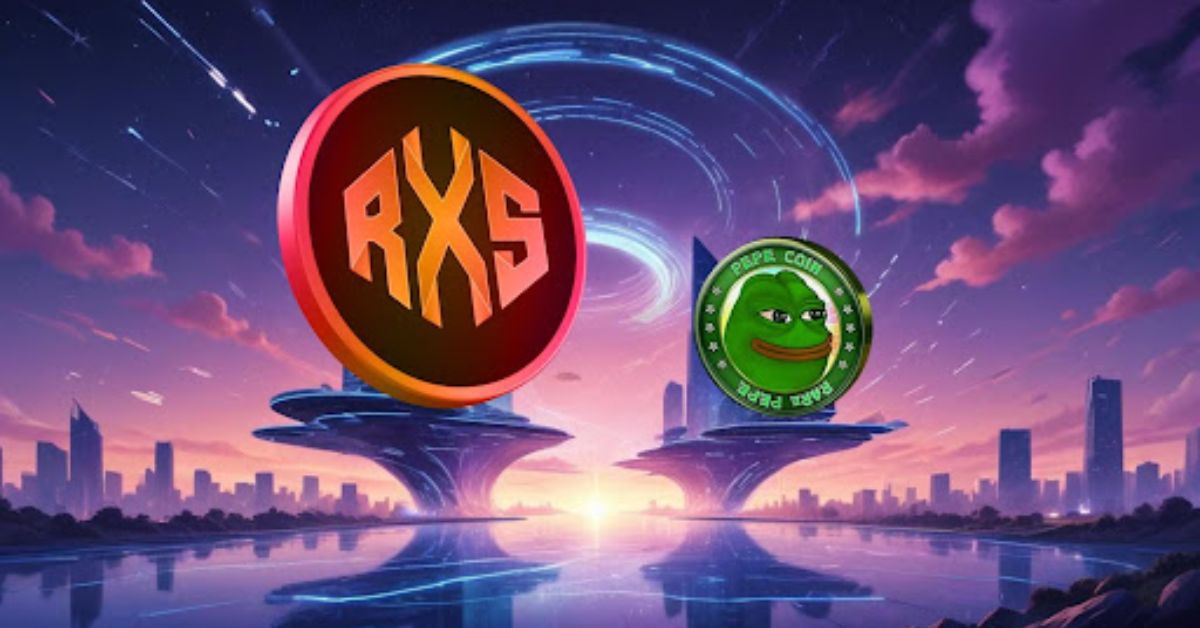 CaryptosHeadlines Media Has Launched Its Native Token CHT.
Airdrop Is Live For Everyone, Claim Instant 5000 CHT Tokens Worth Of $50 USDT.
Join the Airdrop at the official website,
CryptosHeadlinesToken.com
CaryptosHeadlines Media Has Launched Its Native Token CHT.
Airdrop Is Live For Everyone, Claim Instant 5000 CHT Tokens Worth Of $50 USDT.
Join the Airdrop at the official website,
CryptosHeadlinesToken.com
- RWA.xyz now tracks XRPL’s tokenized assets, stablecoins, and network performance, offering real-time data to institutions and developers.
- XRPL’s role in tokenizing financial assets grows as institutions, including Archax and Braza Bank, adopt it for regulated products.
The tokenization of real-world assets (RWAs) is expanding with the XRP Ledger (XRPL) at the hub of institutional adoption. Ripple’s recent partnership with RWA.xyz, a platform that provides analytics for tokenized assets, now allows users to access real-time data on XRPL’s network performance, tokenized treasuries, and commodities such as the Ripple USD (RLUSD) stablecoin.
RWA tokenization is accelerating, and the XRPL is at the center of driving institutional adoption. @rwa_xyz now provides real-time insights into XRPL network performance, tokenized treasuries, commodities, and stablecoins like RLUSD.
See the latest trends in tokenization and…
— RippleX (@RippleXDev) March 11, 2025
RWA.xyz has included XRPL data in its platform, enabling live insights into tokenized assets and blockchain performance. This alliance allows real-time tracking of key metrics, including transaction volumes, settlement speeds, liquidity, and market activity on the XRPL. Institutions, investors, and developers can now access detailed analytics regarding the XRPL’s growing role in the RWA ecosystem.
Additionally, the data provided by RWA.xyz includes information on U.S. tokenized treasuries, such as trends in issuance, total value locked (TVL), and yield metrics.
Moreover, the platform tracks RLUSD’s market cap and other stablecoins on the XRPL, offering institutional users a full market view. These analytics give users a deeper understanding of the growing tokenization market and the XRPL’s expanding role.
XRPL’s Institutional Role in Tokenization
The XRP Ledger has become a major blockchain for tokenizing traditional financial assets. Known for its low-cost, fast transactions, and built-in compliance features, the XRPL provides a secure and efficient platform for tokenized financial products.
This has led to institutions increasingly turning to the XRPL to support regulated asset issuance, including stablecoins, money market funds, and tokenized government treasuries.
Ripple’s development of institutional-grade decentralized finance (DeFi) solutions expands the XRPL’s utility for asset tokenization. Ripple is enabling institutions to include compliance and programmability into their tokenized financial products, making the XRPL a preferred choice for bringing traditional assets onto the blockchain.
Increasing Adoption by Financial Institutions
The XRP Ledger is gaining traction among institutional players in the RWA tokenization space. Several projects have already launched tokenized assets on the XRPL, and their adoption is growing.
Archax, a regulated digital asset exchange based in the UK, has tokenized a £3.8 billion liquidity fund. In Brazil, Braza Bank is set to issue the BBRL stablecoin on the XRPL, while Meld Gold in Australia is tokenizing physical gold and silver.
Additionally, Ondo Finance in the U.S. is bringing tokenized U.S. Treasuries to the XRPL. At the same time, OpenEden in Singapore has surpassed $100 million in total value locked (TVL) for tokenized U.S. Treasury Bills.
These developments point to the increasing institutional adoption of the XRPL for tokenizing global financial assets, as the blockchain offers scalable, compliant solutions for asset managers and issuers.
Additionally, according to the ETHNews report, the market for RWA tokenization continues to take off, and the XRP Ledger is expected to enable the movement of regulated assets on-chain. As financial institutions seek faster, more transparent, and more efficient ways to bring traditional assets onto the blockchain, the XRPL’s scalability and compliance-ready features make it an ideal choice.













